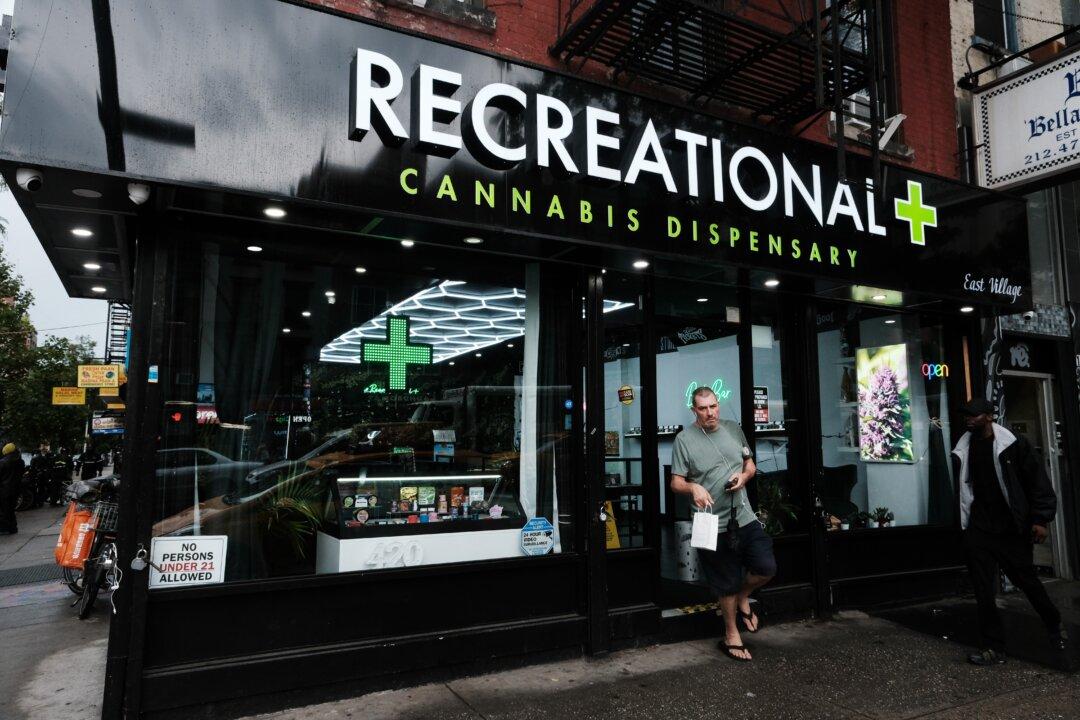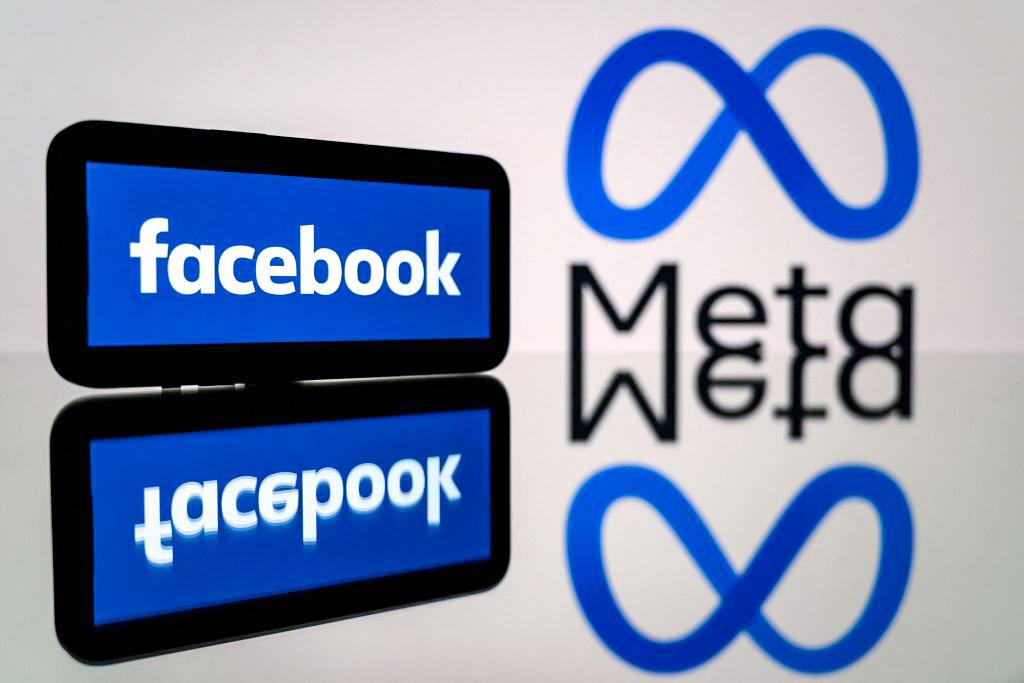Elon Musk’s X Corp., the California-based company that owns and operates Twitter, has filed a lawsuit against four entities in Texas. The lawsuit accuses the defendants of data scraping from the social media site and causing issues for the platform’s users.
The lawsuit describes data scraping as “a form of unauthorized data collection that uses automation and other processes to harvest data from a website or mobile application.”
X Corp claims that the defendants unlawfully collected data on Texas residents and impaired the experience of Twitter users.
“The volume of these requests far exceeded what any single individual could send to a server in a given period and clearly indicated that these automated requests were aimed at scraping data from Twitter,” according to the complaint. “These requests have severely taxed X Corp.’s servers and impaired the user experience for millions of X Corp.’s customers.”
The lawsuit also alleges that the companies scraping the data are able to repackage and profit from the information they collected unbeknownst to the Twitter user.
“Twitter users have no control over how data-scraping companies repackage and sell their personal information,” the document states.
Who Are the Defendants?
The seven-page complaint states that X Corp. has been unable to identify the defendants in the case.They are identified by the aliases: John Doe 1, John Doe 2, John Doe 3, and John Doe 4; and described as “persons or entities” associated with specified IP addresses.
“To avoid detection, data scrapers deploy software and other technology to mask their identities and penetrate networks that would otherwise be private,” the document reads.
What Are Twitter’s Rate Limits?
Mr. Musk announced Twitter’s “temporary” rate limits in a post on Twitter on Saturday, July 1.“To address extreme levels of data scraping [and] system manipulation, we’ve applied the following temporary limits:
- Verified accounts are limited to reading 6,000 posts/day. - Unverified accounts to 600 posts/day. - New unverified accounts to 300/day.”
But the move sparked a backlash from some accounts run by informational agencies, monitoring services, and journalists who say they rely on the platform to review thousands of tweets a day.
The higher threshold allowed on verified accounts is part of an $8-per-month subscription service that was rolled out earlier this year. The fee was implemented in an effort to boost revenue, which has declined sharply since Mr. Musk took the helm.
Although that’s a relatively small number of Twitter’s more than 200 million worldwide users, the trouble was widespread enough to cause the hashtag #TwitterDown to trend in some parts of the world.
Later the same day, Mr. Musk wrote that Twitter would soon update the limits to 8,000, 800, and 400, respectively.
And then, hours later, he updated the limits for a third time to 10,000, 1,000, and 500.
The company said it did not provide advance warning about the temporary change in an effort to identify the “bad actors.”
The site also requires users to log on to their accounts to view tweets and profiles, a change in its longtime practice that allowed anyone —whether they had an account or not — to scroll through the feed and search profiles.
Twitter said the company is “deeply committed to making Twitter a better place for everyone.”





